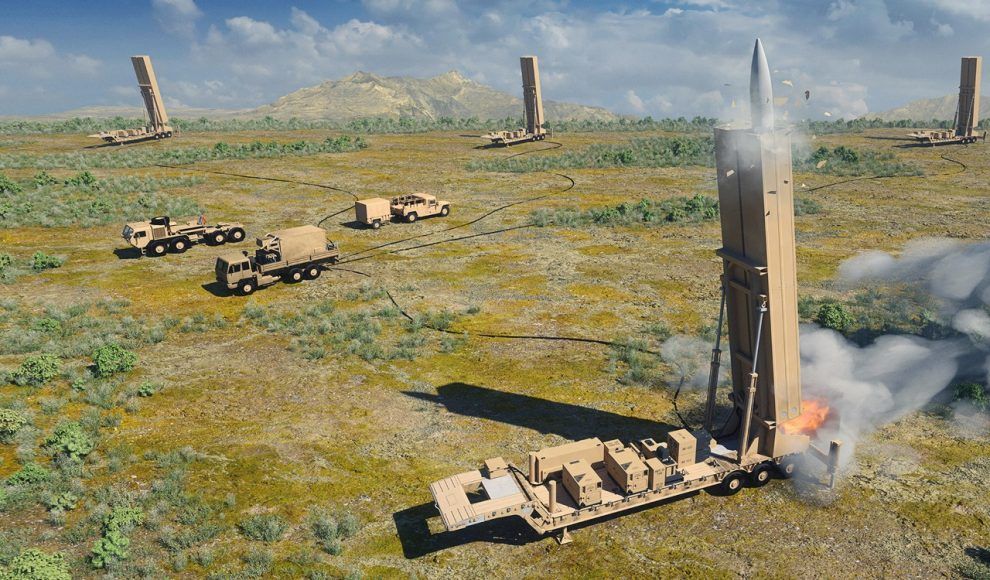US unable to transition to large-scale hypersonic weapons production due to supply chain issues

The US Department of Defense is preparing to move from developing to producing hypersonic weapons. But there are significant problems with this.
Here's What We Know
The Pentagon is focusing a lot of attention on developing missiles that can reach speeds greater than Mach 5 (6174km/h). The Ministry of Defence is working on 10 unclassified programmes. One of them is Long Range Hypersonic Weapon (LRWH). The hypersonic weapon being built under this programme has every chance of being deployed at the end of the year. Tests are now underway.

The National Defence Industries Association published a report last week stressing the importance of dedicated funding to support the transition from development/testing to mass production of hypersonic weapons. The document also highlights the need to strengthen supply bases.
The US defence industry is already experiencing problems in the supply chain. The situation is exacerbated by the war in Ukraine, due to which Washington is seeking to transfer conventional weapons to Kiev and replenish its own stockpiles.

American defence companies are increasingly being asked by the Pentagon to produce missiles at short notice and at a higher rate than usual. These are difficult scenarios for industry, as additional capital investment in equipment and infrastructure is needed to meet the goals.
Another problem is that U.S. authorities are unable to give a clear answer to companies that are willing to engage in hypersonic weapons production. The companies will be forced to invest in expanding production capacity. In this regard, they want to understand how much profit this will bring them and how many orders the Pentagon will be able to make.

On the other hand, the US Department of Defense needs to produce hypersonic missiles in large batches. This is necessary to reduce production costs. So far, the U.S. has not signed any agreement that involves high production rates.
The next problem concerns raw materials. The development of hypersonic technology requires neon. Previously, the US obtained more than half (54%) of its supplies from Ukraine. Due to the war, two of the largest plants were shut down. In addition, ammonium perchlorate is supplied by only two companies. The lack of competition does not help to reduce the cost of procurement either.

The National Defence Industry Association offers several recommendations. Two can be highlighted as key. First, the U.S. should discuss the demand for hypersonic weapons and future orders with manufacturers in detail and clearly. Secondly, the mining and processing of rare earth materials should be established on U.S. territory.
Source: Defense News, Air & Space Forces Magazine